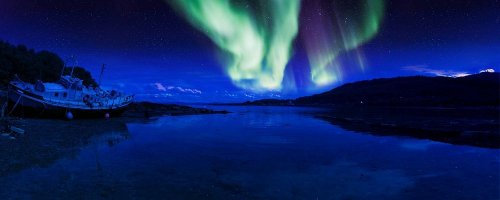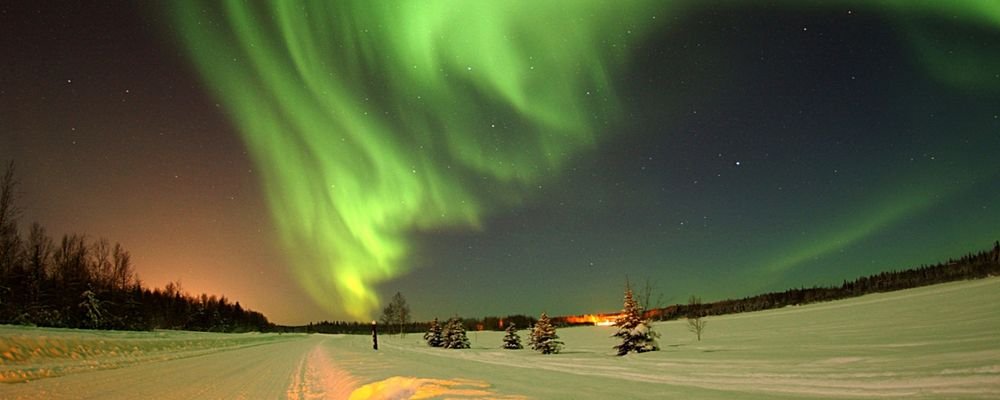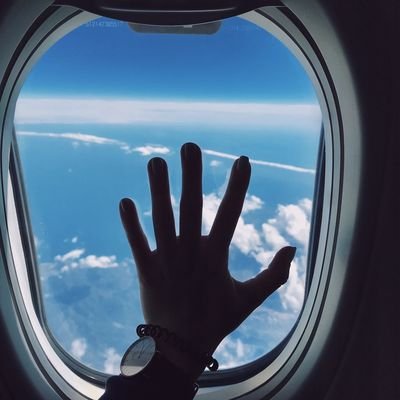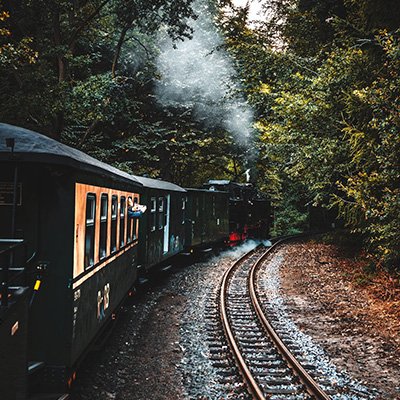It’s that time of year when you are inundated on Instagram with incredible photographs of the Northern Lights. Travellers are heading north to experience snow-covered scenery and taking awe-inspiring photographs of the Aurora Borealis dancing in the night sky. If you’ve always dreamed of watching the Northern Lights for yourself and would like to try to capture your own dramatic photos, here are a few tips.
Head north
You have a much better chance of seeing the Northern Lights above the Arctic Circle, and the further north you travel, the better your chances are. Many people head to the cities in southern Scandinavia with hopes of spotting the lights, but your chances of spotting them in the vicinity of Oslo or Copenhagen are very low. Lapland, the north of Norway, northern Canada and Alaska are the best places to see them.
Travel in winter
If you want to see the Northern Lights, you need to travel in winter and make the most of the long, dark nights. During the summer months, the sun doesn’t set above the Arctic Circle, so you have no chance of watching the Aurora. Travel between September and March for your best chances of witnessing the lights.
Avoid disappointment
Before you book a trip with the sole purpose of taking photos of the Northern Lights, be aware that you may not see them at all. To see the lights, you have to be away from light pollution on a night when the sky is clear. The lights fluctuate in their strength, and even if the skies are clear, if you are travelling during a period of low solar activity, they may not be as spectacular as you envisaged.
Wrap up warm
If you’re heading out into an Arctic night in the hopes of photographing the lights, ensure that you wrap up warm. Temperatures can plummet drastically in the winter months, and you’re going to get cold waiting for the lights to appear. Wear silk liner gloves inside snow mittens, so you can quickly take your outer gloves off and easily use your camera when the lights show.
Put your camera on manual settings
When photographing the lights, ensure that you have your camera on complete manual settings, with manual focus. You won’t be able to take a photograph of the Northern Lights on auto. If you’ve never used your camera on manual before, ensure that you practice in the run up to your trip to get used to the settings.
Know which camera settings to use
The optimum settings for photographing the Northern Lights are a high ISO (800-1600), a low apertur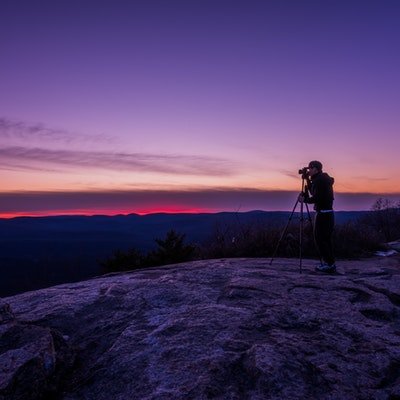 e (the smallest number your camera allows, ideally f1.8) and a shutter speed of around 30 seconds. Try these settings to begin with and adjust your ISO and shutter speed accordingly as your shoot. You may find that the lights are bright enough to lower your ISO, or they may be moving so slowly that you need to decrease your shutter speed.
e (the smallest number your camera allows, ideally f1.8) and a shutter speed of around 30 seconds. Try these settings to begin with and adjust your ISO and shutter speed accordingly as your shoot. You may find that the lights are bright enough to lower your ISO, or they may be moving so slowly that you need to decrease your shutter speed.
Use a tripod
You have no chance of capturing a good photo of the Northern Lights without using a tripod, as you’ll find it impossible to hold your camera steady for the length of time that your shutter is open. Set your camera up on a tripod as you wait for the lights, framing your shot so that you are ready to start shooting.
Carry extra batteries
Make sure that your batteries are fully charged, and if possible, carry a spare battery inside a warm pocket of your coat. Cold weather and long exposures are known for draining camera batteries much faster than usually, so be prepared.
Utilise the landscape in your shots
Photos of the lights streaming across the night sky look incredible, but you’ll take a much more memorable shot if you include the surrounding landscape in your frame. Add scope and perspective to your image by including mountains, bodies of water, forests or a person in your shots of the lights, showing how they dwarf the landscapes below. If you shoot the lights over a body of water, you may be able to capture their reflection for an especially dramatic photo. You can also use other objects in your shot to help you focus—for example, focus on a mountain or a tree for a clearer photo.
Step away from the camera
Remember to put your camera down and enjoy the spectacle for yourself, rather than from behind the lens. Witnessing the Northern Lights is a once-in-a-lifetime opportunity for most people—make sure that you enjoy it.
Emma Lavelle is a UK based writer and photographer and has her own blog Field and Nest.

